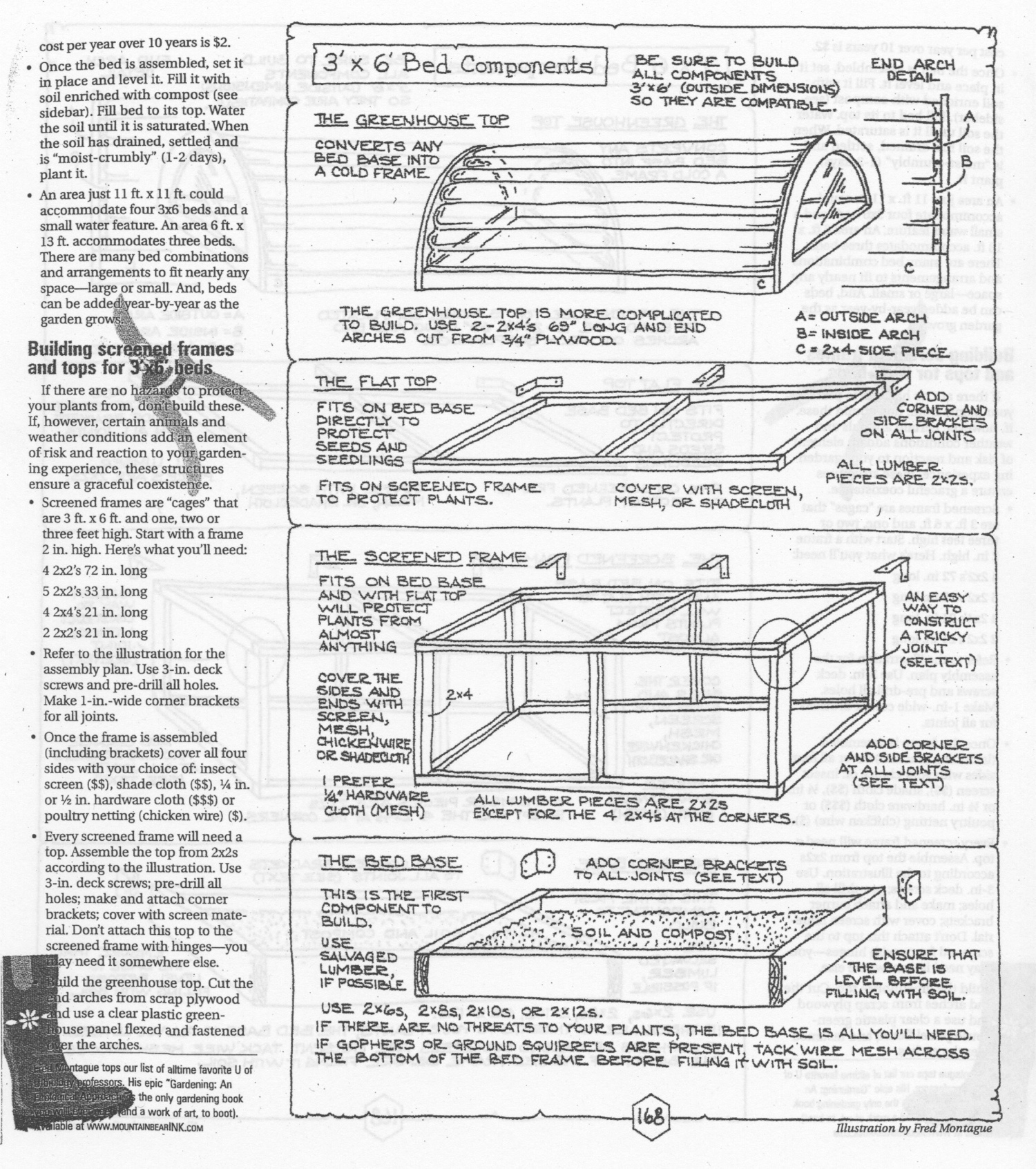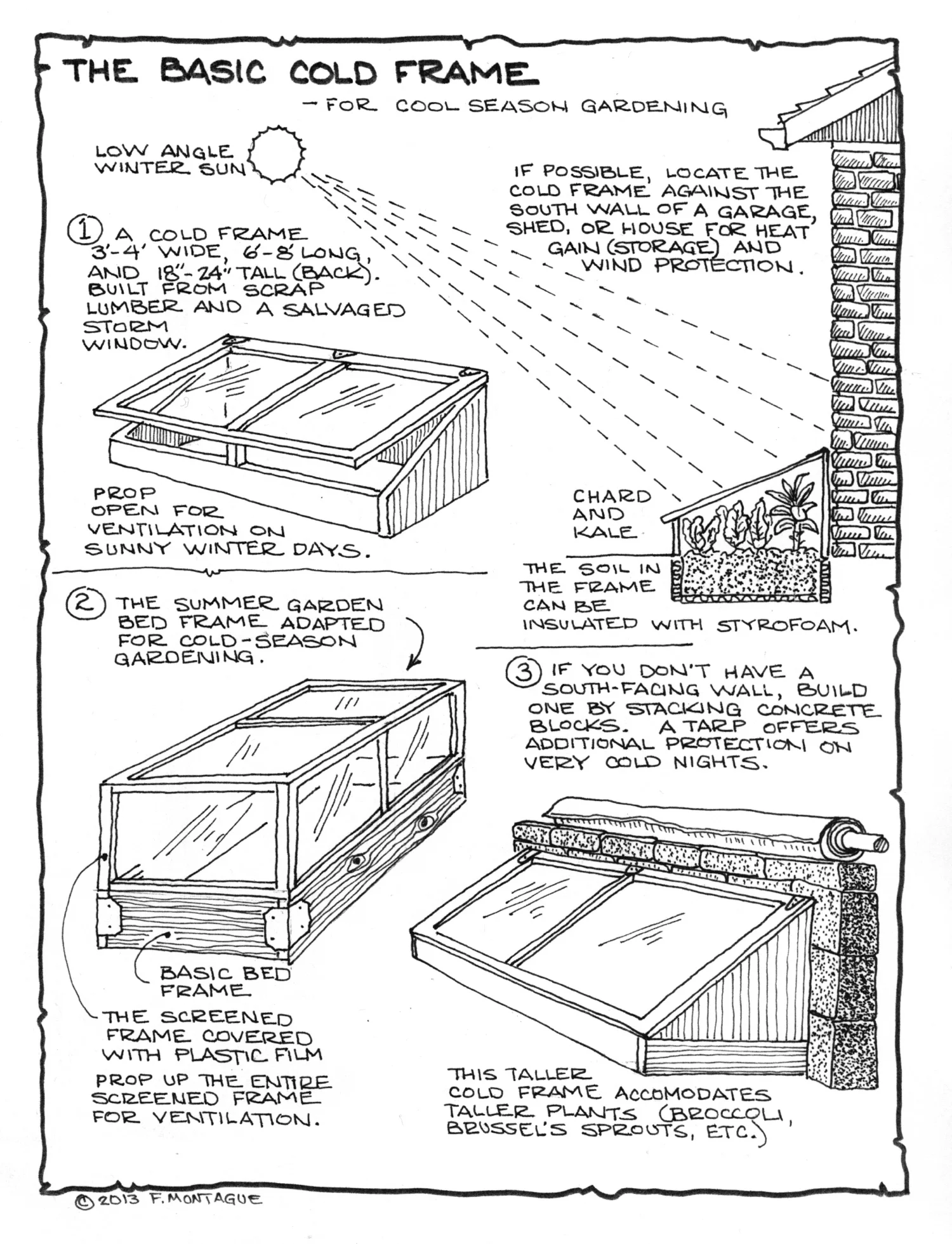Senate Bill 2609 is the latest proposed U. S. legislation designed to limit the information that consumers have in the marketplace. This bill prohibits states from labeling genetically modified foods. It allows for voluntary labeling through obscure and time-consuming devices such as QR codes rather than physical, on-the-label information. It also mandates government education of the public to accept biotech food products.
The agricultural biotech corporations strongly oppose labeling GMOs and have spent large sums of money, not to promote their products to consumers, but rather to hide their occurrence in the foods they purchase.
Transgenic crops (GMOs) are another aspect of corporate control of agriculture. To maintain and extend this control, corporations must have public acceptance of their profit-generating products.
In Gardening: An Ecological Approach I offer an argument, with references, for promoting small-scale sustainable farming and organic gardening. I also outline the serious hidden costs of the industrial agriculture model, which now include genetically modified crops..
With respect to genetically modified crops, I have added below the text of an article I wrote for Edible Wasatch magazine. It lists some questions about GMOs.
If you feel strongly about your right to know about the foods you purchase, please inform yourself about this issue and contact your senator. Simply call the senator’s office, and a friendly staff member will respectfully take your message for the senator. Identify yourself and give your address, state the number of the bill, and give one or two reasons why you are opposing it. Phone numbers are listed below.
For more information see the text of the bill.
In Utah: Senator Orin Hatch Washington, D. C. office: 202-224-5251
Sen. Mike Lee Washington, D. C. office: 202-224-5444
For other states: The Capitol switchboard (information): 202-224-3121
EXCERPT: Chapter 13 from Garden Notes: Thoughts on Gardening, Ecology and Sustainability (Fred Montague, 2016). This essay first appeared in Edible Wasatch magazine.
13 GMOs: Food, Profit, and Risk
We have a long history tinkering with things. Through domestication and artificial selection, humans have bred many familiar and useful food organisms-- beef cattle, chickens, hybrid corn, large-fruited tomatoes, and hundreds of others. This artificial selection by managing natural reproductive processes takes time, and the appropriateness of the cross-breeding and the resulting hybrids is typically judged both by their viability and by their benign usefulness.
In recent decades, hard-won cleverness in genetics and gene manipulation have enabled technicians to bypass the natural breeding process and change organisms by direct micro-manipulation. By inserting a specific heritable gene into an organism's DNA, researchers can create a genetically modified organism (GMO) with a novel trait.
There are two prominent examples in current industrial agriculture. One is the insertion of a gene from the soil bacterium Bacillus thuringiensis (Bt) into crops like corn. The corn plant then produces a Bt protein that is toxic to butterfly and moth larvae, of which a few species are pests of corn grown in monocultures. The stated objective is to reduce the amount of other forms of insecticide necessary to protect the crop.
The second example is the insertion of a specific bacterial gene into corn, soybeans, canola (rape seed), wheat, and others that enables them to tolerate applications of glyphosate (Monsanto's "Roundup"). The spraying of glyphosate onto fields of these genetically modified (GM) crops doesn't kill the GMOs but does kill all other actively growing plants (weeds). The objective is to reduce mechanical cultivation and thereby reduce fossil fuel consumption and soil erosion. There is a trend to combine two or more traits into the same patented plant. Herbicide tolerance and insect toxicity comprise most of these stacked-trait varieties.
From an agribusiness perspective, GMOs anchor an ingenious business plan. For instance, Monsanto's creation of its patented glyphosate herbicide (Roundup) and its patented "roundup ready" GM soybean seeds forces farmers to purchase a package of inputs available nowhere else.
However, from other perspectives, there are troublesome issues with GMO-based industrial agriculture. First, it is industrial agriculture. Industrial agriculture fosters corporate efficiency, corporate control, and corporate profit. For this type of food-growing to work, farms must be large, crops must be uniform (monocultures), and synthetic fertilizers and pesticides must be applied. This is a capital-intensive, fossil fuel-based, high input, and largely unsustainable approach to feeding people.
Second, there is the demonstrated occurrence of "gene flow" from fields of GM crops to nearby non-GMO farms with similar crops. The novel traits are typically dispersed in the pollen of the GMO plants, and since our most important crops are grains (corn, wheat, oats, rice, etc.), and since all of these grasses are wind-pollinated, the patented trait is easily dispersed. This has two ramifications: 1) once the gene appears in an organically grown food product, the food product is no longer "organic," and 2) the corporation can take legal action against the victim farmer for having stolen the patented GM crop. Equally ominous is the research into genetic-use restriction technologies (GURTs). One example is the "terminator gene" which prevents a grower from saving some his harvested seeds for next spring's planting.
Third, there is inadequate understanding of the health effects of genetically-altered food plants, especially those that introduce systemic toxins into foods and those that increase the ability of food plants to tolerate increased amounts of certain herbicides. Exotic proteins in foods created by genetic engineering have the potential to be allergenic and to challenge the human immune system. The Bt toxin does cause allergic reactions in some people (1), and there are anecdotal accounts suggesting its adverse effect on beneficial human intestinal microorganisms-- just as it affects caterpillars. While there has been significant corporate research and development into the technology to create GMOs, there is less-than-adequate research, public or private, to unmask their long-term effects. In this sense, GMOs are similar to other industrial miracles whose widespread use eventually caused them to be severely restricted or banned outright (2).
Fourth, widespread use of GMOs will significantly reduce the crop plant diversity needed in a world of changing climate and altered growing conditions. With the widespread adoption of GM crops, more and more locally adapted crop varieties are being abandoned. In the U. S. in 2004 for example, patented GM plants occupied 85% of soybean acreage and more than 50% of corn acreage (3).
Fifth, we know the disruption that "natural" invasive exotic species can cause when they move beyond their native ranges. GMOs are novel, exotic, synthetic organisms that Nature has no experience with. Their potential effects are unknown. There is a significant risk of GM crop plants hybridizing with related wild relatives, especially as more and more secondary GM crops reach the market. Their impacts on ecosystems and biological communities are potentially disruptive, and once GMOs become feral, they will be difficult or impossible to control.
Sixth, there are sobering examples of unrealized claims for GM crops. There is no evidence for increased nutritive value in GM plants. There is no evidence for reduced pesticide use. According to WorldWatch's Vital Signs 2009, pesticide use actually increased 4% from 1996 through 2004 in U.S. GM crop fields (4). There is, however, evidence for the ecologically inevitable phenomenon of insect crop pests and weeds developing resistance to the Bt toxin and to the glyphosate herbicide, respectively (5). With the successful marketing and adoption of GM crops, the one claim that did materialize was that of corporate profitability.
Seventh, the aggressive and abundantly funded efforts by corporations and trade organizations to prevent labeling food products containing GMOs is puzzling. In an open culture and free market, consumers have the right to information about the products they buy. One would believe that if GMOs are better than traditional food plants and livestock feed, then a business would insist on having its product identified.
The GMO controversy is at the center of our global food challenge. There are many who are concerned by the ecological and social impacts of corporate control of the world's food. The public benefits of GM food have not yet been established, and the risks range from being overstated to being understated. Nevertheless, some risks are real, many risks are not completely understood, and some risks are increasing. This is a multifaceted issue that affects all aspects of society-- from Wall Street to food banks, from rich countries to developing countries, from small farms to industrial agriculture operations, from crop fields to wilderness. The public must decide this issue, but the public needs information that is largely unavailable. Until it is, prudence suggests exercising caution. Otherwise, as with other industrial experiments on human health and the environment, the final report (and restrictive legislation) is likely to be written by our grandchildren.


















